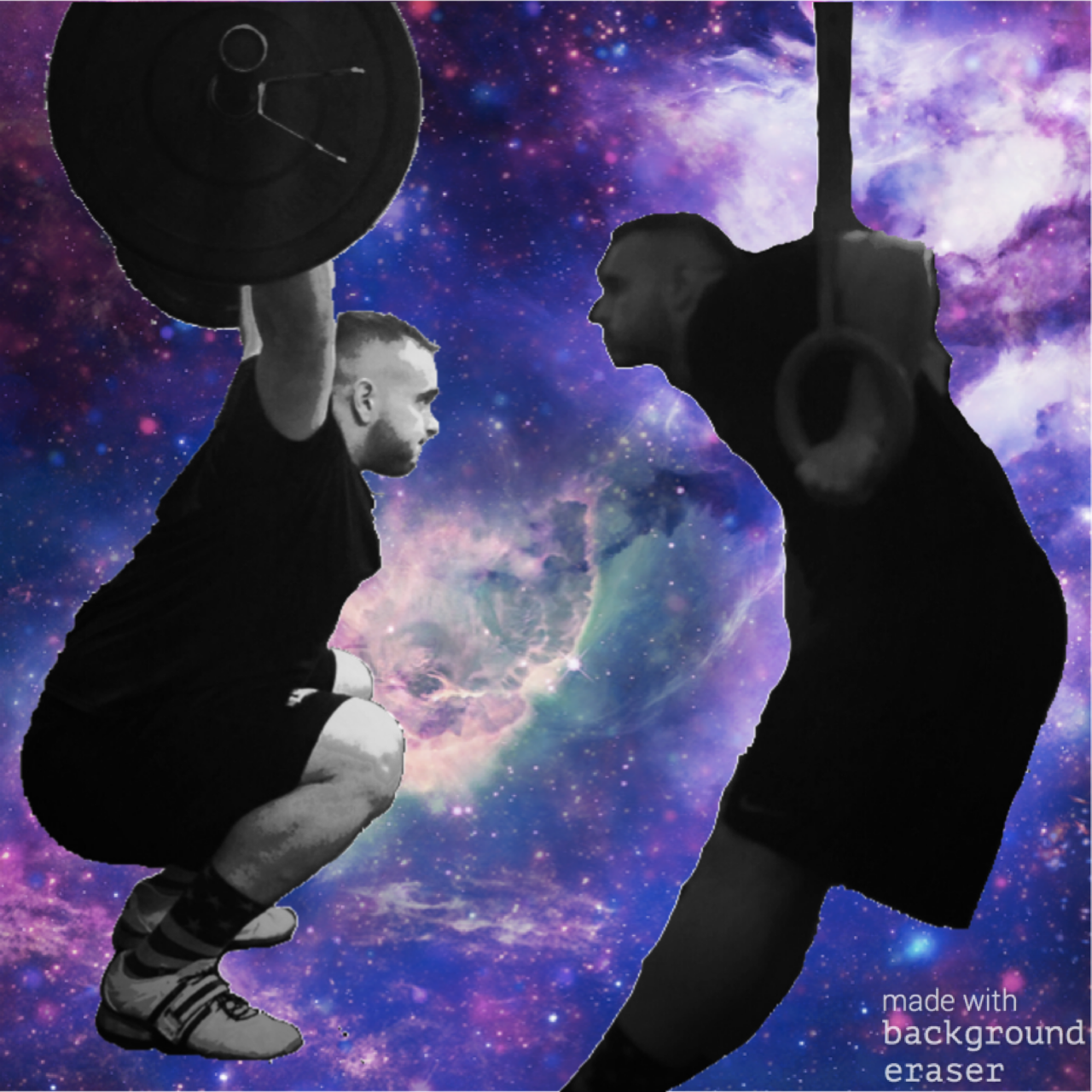Building Core Strength For Lifting
Our core is much more than just the much-coveted six pack: it goes all the way around our torso, including our sides and our back. Beyond the torso, when it comes to lifting weights we should consider our core to encompass everything from our head to our toes. (Another popular way to view the core is to refer to it as our trunk; this can help coaches explaining to athletes to stop perceiving their core as just the abs.)
In lifting we use our core to stabilize and maintain skeletal position. We need to transfer energy through the ground into the bar in order to move the weight. The medium we transfer the energy through is our body. If we are loose some of that energy is being used to compress our body instead of moving the weight. Imagine we have a PVC pipe and a chain stretched out on the ground and our goal is to move one end by pushing on the other end. The PVC end moves immediately when we apply force, but the chain waits to become compressed and balled up completely before it moves. In this example, the end we want to move is the bar and the end we push on is the ground. You might hear someone say to get the slack out at the start of a deadlift. We need to get all the slack out of the chain before the weight will move. Also we wouldn’t want our spine to look like the balled up chain, for safety reasons. Every lift requires a stable core, so you’ll be able to apply more force and therefore lift more weight.
There are a few types of core strength; we are going to talk about two used in lifting in more detail and how to train them. These are: inter-abdominal pressure and intrinsic stabilizers.
Inter-abdominal pressure- As lifters, this is what we typically think of as bracing. To create inter-abdominal pressure we breathe in and push that air into our lower back, then stomach, then chest. We want to maintain that pressure throughout the lift, so we hold our breath during the entire movement. (Not the entire set! You can reset your air at the top in-between reps). Our torso is like a tire, we fill it with air to create pressure. When a tire is full of air it is rigid, but with low air pressure it is mush. A belt is a great way to understand this better. A belt doesn’t give us anything extra, it just gives a cue of something to push against in order to better use what we’ve already got. We build up this type of core strength with every rep. You can get a great deal of core work in your main lifts by remaining focused and performing them correctly.
Intrinsic Stabilizers- We can think of these as our posture muscles. We are able to stand tall while talking and not fall apart like one of those toys you push on the bottom every time we breath out. That’s the doing of our intrinsic stabilizers. These muscles are good to work on for better core stability and health in general, and can be super functional for CrossFit athletes who need to manage their breathing during a WOD and can’t be holding their breath every rep. A great way to work these are through breathing pause squats. We use a very light weight to start and perform a 10s or longer pause squat while breathing normally in the bottom. It’s important to not relax in the bottom: we still want to hold good posture and positioning.
Core-Specific Exercises - As for core-specific exercises such as planks, sit ups and any variations of these … use them in a program in the same way we would program for any exercise. As we get closer to a meet we get more specific. We are working towards stabilizing under a load throughout the movement of our sport (squat, bench, and deadlift for powerlifting; snatch, clean, and jerk for weightlifting). So going in order of specificity: spinal flexion and extension being the least specific, body weight holds such as planks, weighted holds (yoke, farmers carry, and walk outs), tempo work, the main lifts. Doing sit ups won’t necessarily carry over to our lifts. They are fine for building core muscles, but we need to learn how to use what we have and the muscle we gain before it carries over to our lifts.
Our core is important because it is the medium in which we transfer our energy into the bar. That energy needs to go from the ground through our entire body into the bar. For this reason, we should view our core as much more than just our abs. Our goal is to use core strength to maintain position, utilizing both inter-abdominal pressure and our intrinsic stabilizers. If you would like to read about the importance of midline stability in the sport of functional fitness I highly suggest checking out the article Greg Glassman posted on the CrossFit Journal here.
Go ahead and work on building core muscle through sit ups, crunches and any of that other stuff you see in one of those “6 minute 6 pack” videos — but in order to see this strength carry over into our main lifts, we need to learn how to use them specifically in order to brace correctly.
Related Articles




